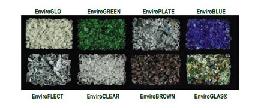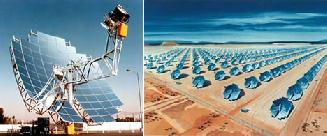
The doctrines of physics have been changed with this new discovery. An optical battery will now replace traditional semi-conductor photo-voltaic cells.
Scientists at the University of Michigan have unraveled something that could quake the foundations of traditional technology orientations of light. They have made this path-breaking discovery by creating a magnetic effect.
This particular discovery will re-ask old questions which we all have been conditioned not to ask. That’s because science has taught us that this is right, and this one’s wrong. And after more than a hundred years, no one would imagine that a century-old scientific system of belief can be overturned.
Light is known to have electric particles. And anyone who has learned physics at school would know that anything that has electricity will also have a magnetic field, which light does. But scientists always believed that the magnetic field created by light was insignificant.
Now that belief was overturned when scientists found light to create a strong magnetic field when passed through a electricity-resisting material. Now you must be thinking, why this simple experiment didn’t pass the mind of the physics postulators a century ago!
The magnetic field is so strong that it can be a replacement for a strong electric effect. In other words, the magnetic field will achieve what the electric current will be used for. Which means solar cells will have no semi-conductors, since electricity is not required. For example, your solar water heater will heat water using the magnetic field instead of electric current!
Glass and transparent ceramics are now identified as ideal products for creating such solar cells. Glass does not conduct electricity, yet passes light through it. At around ten million watts per square centimeter light creates a strong magnetic effect in glass.
The process is termed “Optical Rectification”. The magnetic field is strong enough to make electrons create a magnetic as well as electric dipole.
With this invention solar power will become inexpensive. Expensive semi-conductor processing will end. Stephen Rand and William Fisher in their research paper titled ‘Optically-induced charge separation and terahertz emission in unbiased dielectrics’ speak about the technicalities of this invention. The idea is still taking baby steps, and has to come quite a way to becoming a consumer product. But the theory behind the invention is unmistakable.




